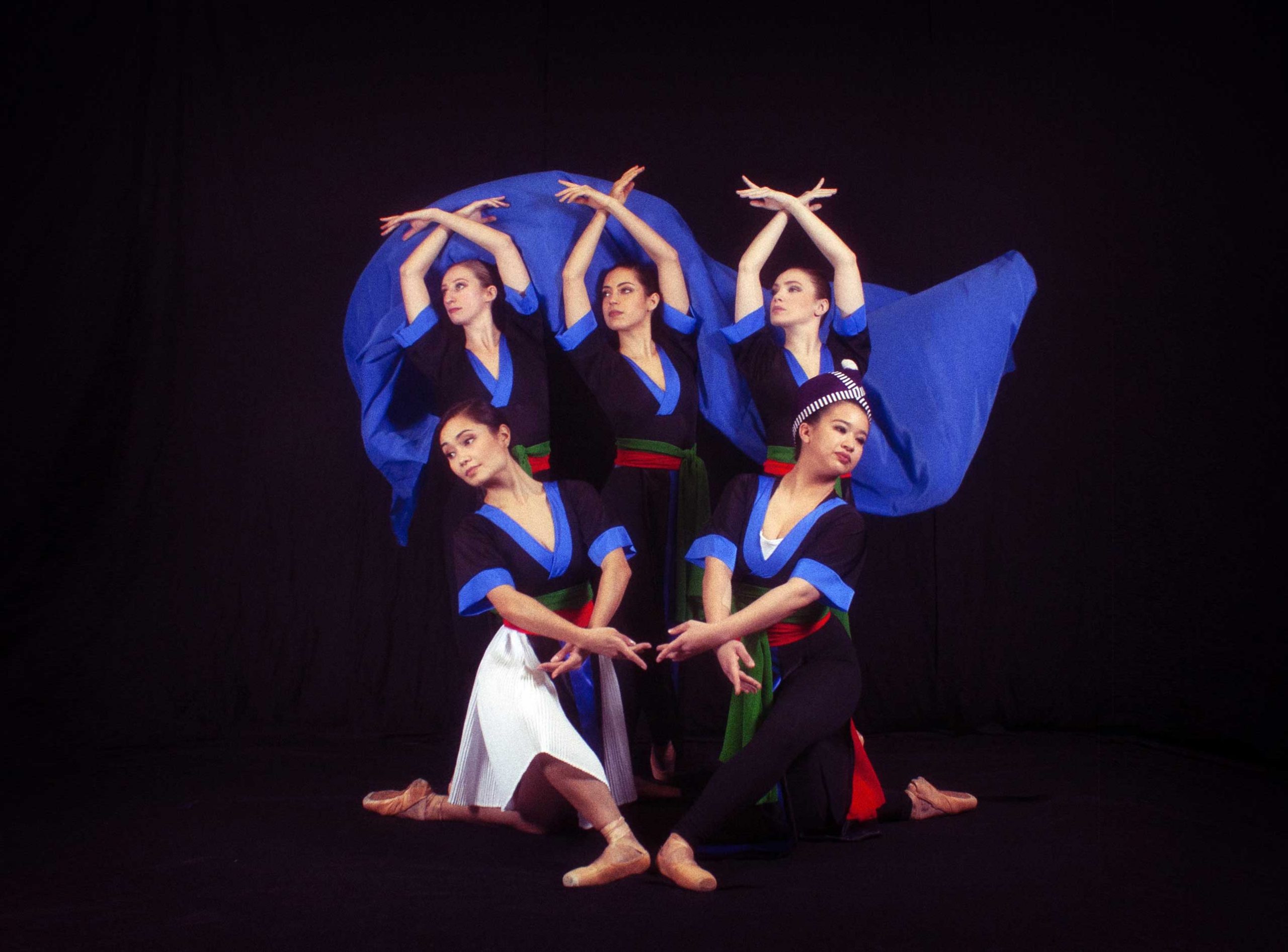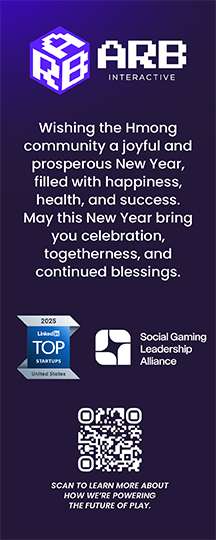What does it mean to be Hmong?
The common narrative is one of a sad immigrant from Laos whose family had to struggle with language, cultural clash, and economics.
But there is another story you’ve not heard. One of significance. One which can change your life. It is a story about a Hmong-American man called Ho-Shia Aaron Thao Kogan.
Like other Hmong families, Ho-Shia had a big one. He was the middle child of seven. But unlike other Hmong families, his came to know more privilege than most. Resettled in Minnesota after the war, Ho-Shia’s father, Christopher Teng Thao, became the first Hmong lawyer in Minnesota. And in Ho-Shia’s memory, his parents did very well in raising them. “My parents gave us everything we needed,” he recalled. Ho-Shia also took after his father as he dreamt of a life of service to his community. Hence, he grew a deep appreciation for his Hmong roots and culture even though resistance did meet him at the schoolground. “It was hard to fit in. In the American communities, we stood out because no one really knew what Hmong people were, but to other Hmong people, we were always kind of seen as white-washed.”
One miracle about Ho-Shia is his big heart comparable to that of a ‘Disney Princess’. A great asset of Ho-Shia’s is his ability to remain true to it. This led him to fall in love with the violin in an afterschool program one evening to which he picked up and exceled. However, even at this young age, Ho-Shia wasn’t doing this solely for himself, but for one larger purpose. “I just wanted to make my family and community proud.” Ho-Shia played the violin even throughout college at Brown.
Family and community has always been central to him. And as he grew, so did his relationship with his own heart. Anywhere Ho-Shia went, he reflected and self-inquired often in order to embrace his genuineness toward himself. At Brown, Ho-Shia took time to come face-to-face with his own identity in every respect. But such truths, when shared, would come to cause a rift between his relationships. This shattered his world. It broke his heart but strengthened it all the same. Best of all, it made him stronger. “If ever you feel ashamed to share something,” he reflects, “then that is a sign that something is really wrong with the people you are sharing this with.” His relationship with his own heart was reinforced and it became clearer what he wanted to do in life.
Ho-Shia took his first dance class at the age of 24 with his sister and just like that, ballet found its way into his heart. “I just loved [ballet] so much. It called to me and was something that made me so happy to be a part of. I was seeking to pour myself into art and it really helped me refocus and find light at the end of the tunnel.”
In medical school at the time, Ho-Shia took a two-year hiatus followed by an ultimate decision to leave his white coat behind to dance professionally. Suddenly, on a journey all by himself, Ho-Shia started over in New York with only the help from a few college friends. “They helped me with housing and getting my bearings and I worked hard without any money for a while until I found a job that could support me and my dancing.”
Today, Ho-Shia runs a successful company called Hudson Ballet Theatre in Bronx, NY. He’s since written a ballet performance based on his mother’s life, titled, Diaspora: A Mother’s Elegy, slated to run August 28th, 2021 at the Cowles Center for Dance & the Performing Arts in Minneapolis. Ho-Shia is living his best life as a dog dad, a brother and a son, a dancer and choreographer, a Director and a friend, and most importantly, a Hmong-American who (in his words) “stands between two generations of Hmong people and bridges the extraordinary history of their past and the promise of their future.”
Ho-Shia’s dream for the future is to see his company, Hudson Ballet Theatre, grow and tour the U.S. and the world. “We have such big hopes for fulfilling our mission of honoring storytelling through movement and I have seen the positive effect that it can have on people. I have extremely high hopes for the Hmong community. There have been so many firsts in this generation and as we solidify our names in history, we pave the way for all those to stand on our shoulders and achieve even greater successes for our people.”
From the start, Ho-Shia had a vision. It was for a life of service using his skills. And today, that vision is realized through the artform of ballet. Through storytelling. And lastly, through being the most authentic Ho-Shia that he can possibly be. Because if he is true to himself, others may be inspired to be true to themselves too. He lives this humility in his everyday life. “[When I feel judged], I may get defensive. But I soon realize that it’s not always about me all the time. I take a step back and remember to break down this ego and look at things from a macro level. I realize that this journey isn’t just about me. It is about so much more.” And that “more” is as a steppingstone for the future generations.
“I am one of many who will hopefully have others stand on our shoulders. That is really the only way to move forward.”
So, what does it mean to be Hmong?
To Ho-Shia Aaron Thao Kogan, it is a life of service, compassion, forgiveness, and kindness all in honor of one’s roots and one’s chosen identity. “I want to make sure people know that Hmong people could go neck to neck with anyone else. We aren’t this sad immigrant story. We are equals and can keep up; we will keep up.”
So as Ho-Shia has shown us, follow your heart and you can achieve anything. Truly anything.
Photos courtesy of Suzie Lee.
















